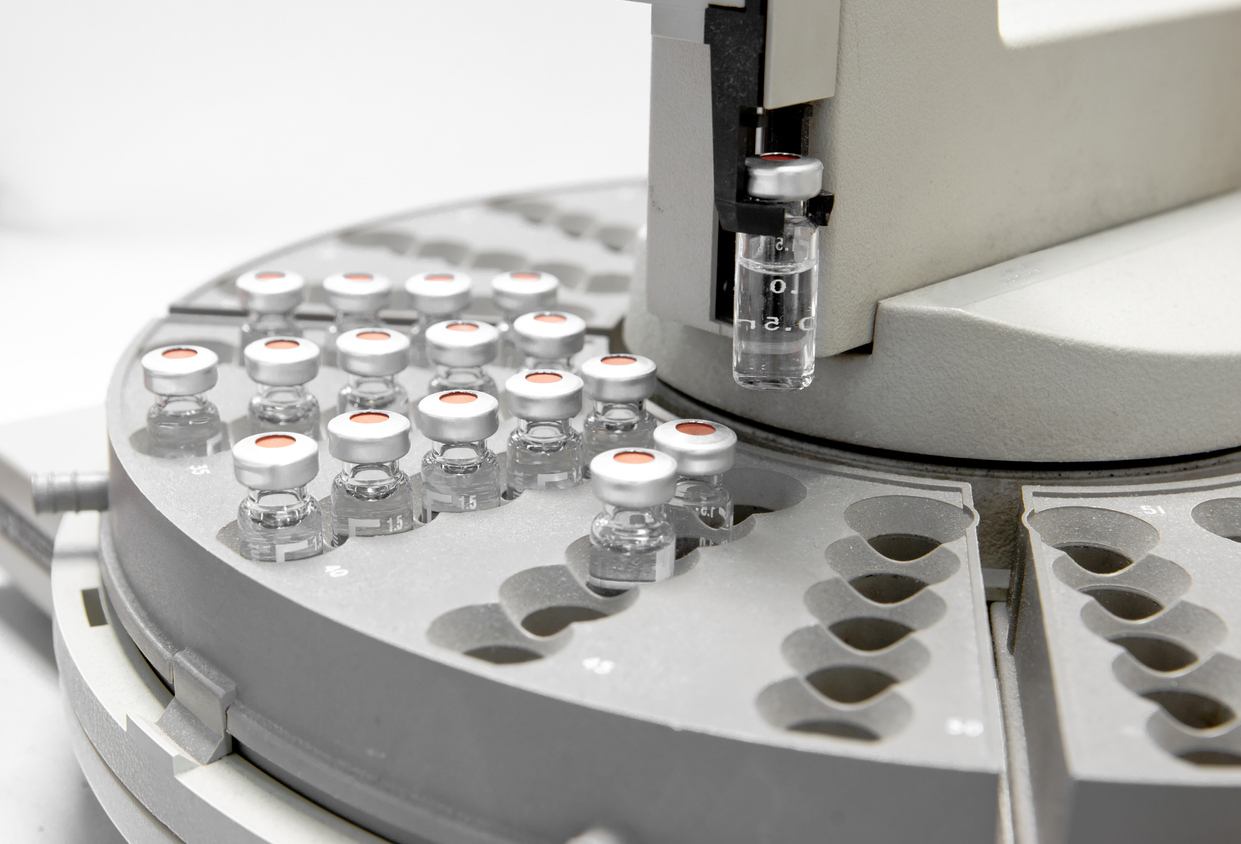DMPK Assays – In Vitro & DMPK Studies
BioAgilytix San Diego, formerly MicroConstants, performs industry-standard DMPK assays, custom drug metabolism research, and IND-enabling studies, to assess drug-drug interaction potential, metabolic stability, metabolite profiling, and protein binding. Whether you are in the discovery, lead optimization, or candidate selection phase of your study, we will work with you to define the appropriate level of research. Project results can be presented as a formal report, suitable for regulatory submissions, or as informal reports, such as raw data tables in Excel format.
Metabolic stability DMPK assays are helpful when trying to determine the potential half-life of a compound when dosed to animals or humans. We determine the stability of a test article in a variety of enzyme sources, including hepatocytes, liver microsomal preparations, hepatic cytosol, hepatic mitochrondrial fraction, hepatic S9 fraction, and membrane preparations from recombinant bacteria or eukaryotic cells. The time points are customized for each project, and the deliverables include raw data, percent remaining, and half-life values.
We are able to generate and compare metabolite profiles to assist with species selection for toxicology studies. These studies are performed using accurate mass spectrometry (Quadrupole time-of-flight, QTOF) to analyze metabolic stability samples from liver microsome or hepatocyte incubations. We search the data sets for potential metabolites (using Metabolynx XS) and compare the time profiles of parent compound loss and metabolite formation from various species.
Ex vivo plasma samples can also be searched for circulating metabolites. By comparing profiles from toxicology studies and human clinical studies, we can identify unique or disproportionate human metabolites long before definitive radio labeled ADME studies, to help avoid expensive delays.
Metabolites are characterized by exact mass, retention time, extracted ion chromatogram, fragmentation spectrum, and isotope envelope. Identities are proposed based on accurate mass shifts when possible. If available, metabolite standards can be injected for confirmation of retention time and fragmentation spectrum.
One of the concerns of developing new pharmaceutical candidates is how the compound will interact with co-administered medications. These drug-drug interactions result in different pharmacokinetic profiles and may lead to an adverse event or loss of efficacy for either the candidate or the marketed medicine. We offer a range of in vitro services to evaluate the potential for drug-drug interaction, including cytochrome P450 (CYP450) induction studies, CYP/UGT inhibition studies, and CYP/UGT reaction phenotyping.
Equilibrium dialysis, ultrafiltration, or ultracentrifugation are used to determine the extent of drug binding to plasma or to proteins, such as human serum albumin, α1-acid glycoprotein, gamma globulins, low density lipoprotein (LDL), high density lipoprotein (HDL), thyroxine binding globulin, and prealbumin. Multiple concentrations can be tested to obtain Kd estimates. We can also use in vivo plasma samples to assess binding values.
BioAgilytix San Diego performs blood-to-plasma partition ratio studies to determine the blood-to-plasma ratio for test articles. Knowing the distribution of a drug candidate between red blood cells and plasma is useful for a number of reasons, including the explanation of variability in measured plasma concentrations due to hemolysis. Additionally, compounds that preferentially distribute into red blood cells may have over-predicted clearance values, based on plasma concentrations. Therefore, determining the blood-to-plasma ratio is important for deciding whether plasma or whole blood would provide more physiologically relevant pharmacokinetic parameters. For these studies, chloroquine or chlorthalidone can be used as a positive control, depending on the species.
The Caco-2 system is recognized as a predictive model that can help predict human intestinal absorption and oral bioavailability. We use 24-well plates with seeded and differentiated (21 days) Caco-2 cells to assess the apparent permeability of the test article across the intestinal barrier. By determining both the apical to basolateral (A-B) and the basolateral to apical (B-A) permeability, the efflux ratio can be calculated. Additionally, inhibition of the P-glycoprotein transporter can help determine if the test article is a P-gp substrate.

Equipment and software for DMPK assays
BioAgilytix San Diego is one of the largest bioanalytical LC/MS laboratories on the West Coast of the United States. The instrumentation at our facilities is state-of-the-art and we constantly upgrade equipment to remain at the forefront of the industry.
CASE STUDY
Simultaneous determination of drug concentrations
Learn how the development of a novel extraction and derivatization scheme allowed us to simultaneously determine free and covalently bound drug concentrations using a single assay.